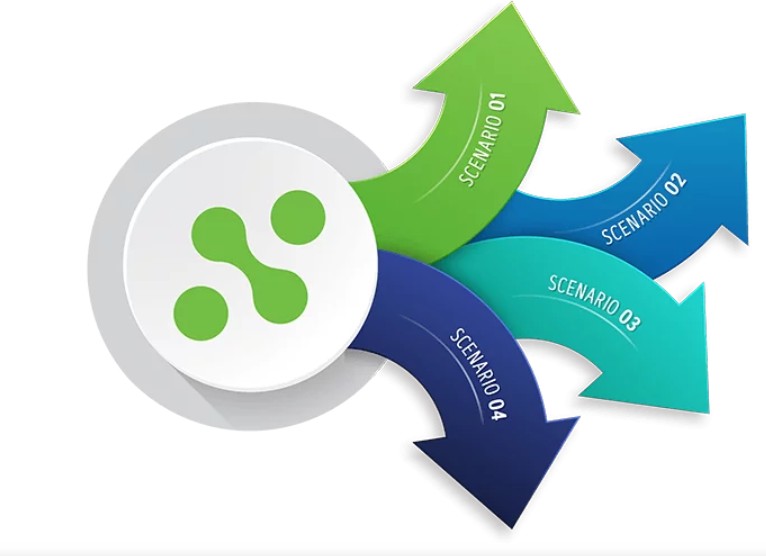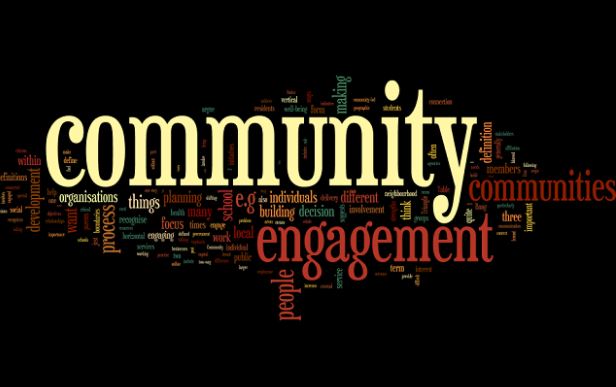We live in a digital world where online transactions help to facilitate speedy decision making and action. However, meaningful face-to-face experiences are vital for creating caring, engaged employees and successful, results-oriented organizations.
You can grow leadership skills and reputation as a dynamic executive by leading meetings that inspire results and truly impact lives. Here are easy ways to create productive, impactful meetings that stand apart from the mundane and predictable.
- Create an inspiring, positive buzz about your meeting.
E-mail the agenda ahead of time. Ask attendees to come prepared to answer a specific question, or, to bring information about an issue or topic. If relevant, invite a guest speaker to share an external view or expert advice and promote your guest speaker’s participation. These techniques can create personal responsibility as well as arouse a “what’s in it for me” curiosity.
- Engage participants from the get-go, at the beginning of your meeting.
You immediately can create a warm and welcoming setting that creates a culture of teamwork and sense of unique identity as a team. Arrive to the meeting room early for set-up, and greet each participant at the door. Begin every meeting with a round of introductions if the group is not too large. If everyone already knows each other, develop a brief meeting-related question for the day and ask people to share a quick “soundbite answer.” Go around the table so that everyone has an opportunity to share, and keep it brief.
- Provide a one-sheet hard copy agenda.
This will keep the meeting on track and provide opportunities for individual note taking.
- To offer an element of intrigue and fun and promote inclusiveness, bring an inexpensive giveaway or small treat for attendees.
Put these at each place setting with the agenda. These could include a theme-oriented item that can be used later, such as a small magnifying glass if the topic includes examining the organization’s strategies.
- When there’s an important topic where input is needed, make sure all have an opportunity to share ideas.
If several attendees are hogging air time, find a way to ask those who have not spoken to chime in. For example, you can say “We haven’t heard from you three yet… what do you think?” and proceed to invite their opportunity to speak.
- For action items, always recap the action needed, who will be responsible, and deadline for making the action happen.
This documents decisions and provides a clear path forward.
- “Put a bow” on your meeting package.
Don’t let the meeting just drift to an end. Find ways to close out your meetings with an affirmative exclamation point! For example, thank everyone for attending and for their service to the organization. Another simple, successful technique includes affirming the relevance of your meeting, training session, etc. If you’re facilitating a small or doable-sized group, ask people to share the one most important takeaway or lesson learned (briefly), going around the conference room table or classroom. Asking participants to vocalize value helps to reinforce that your meeting was time well-spent.
- Set the stage for your next meeting.
Ask the group if there are important issues or opportunities to be discussed the next time you get together.
Regarding the mechanics of an effective meeting, here are a few more resources:




